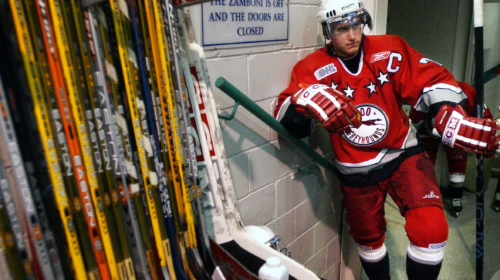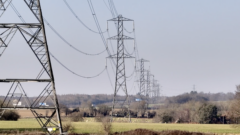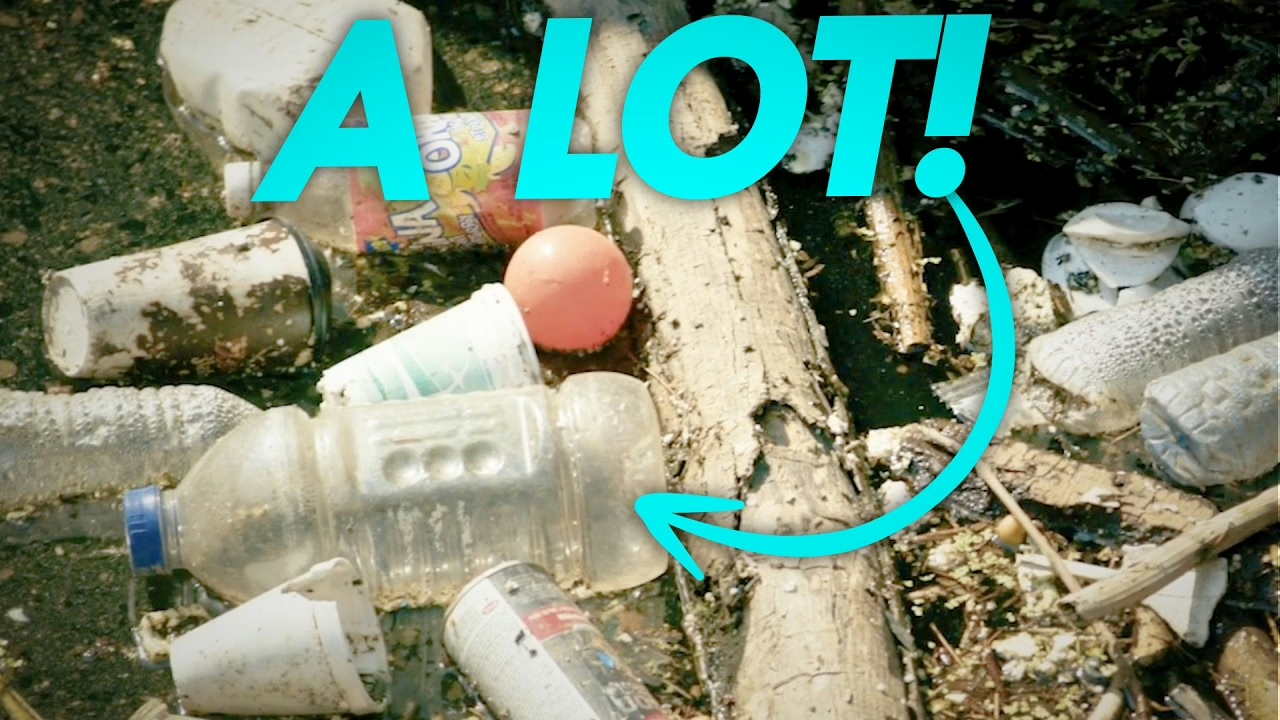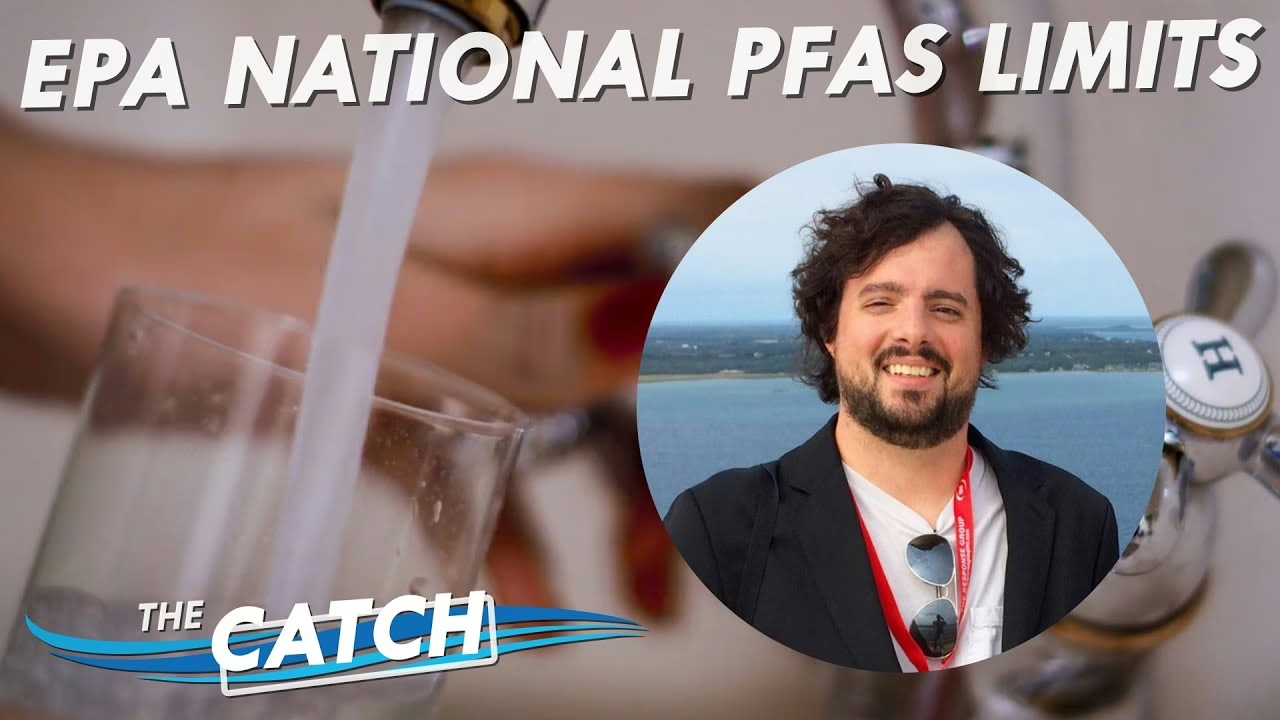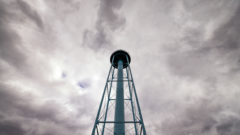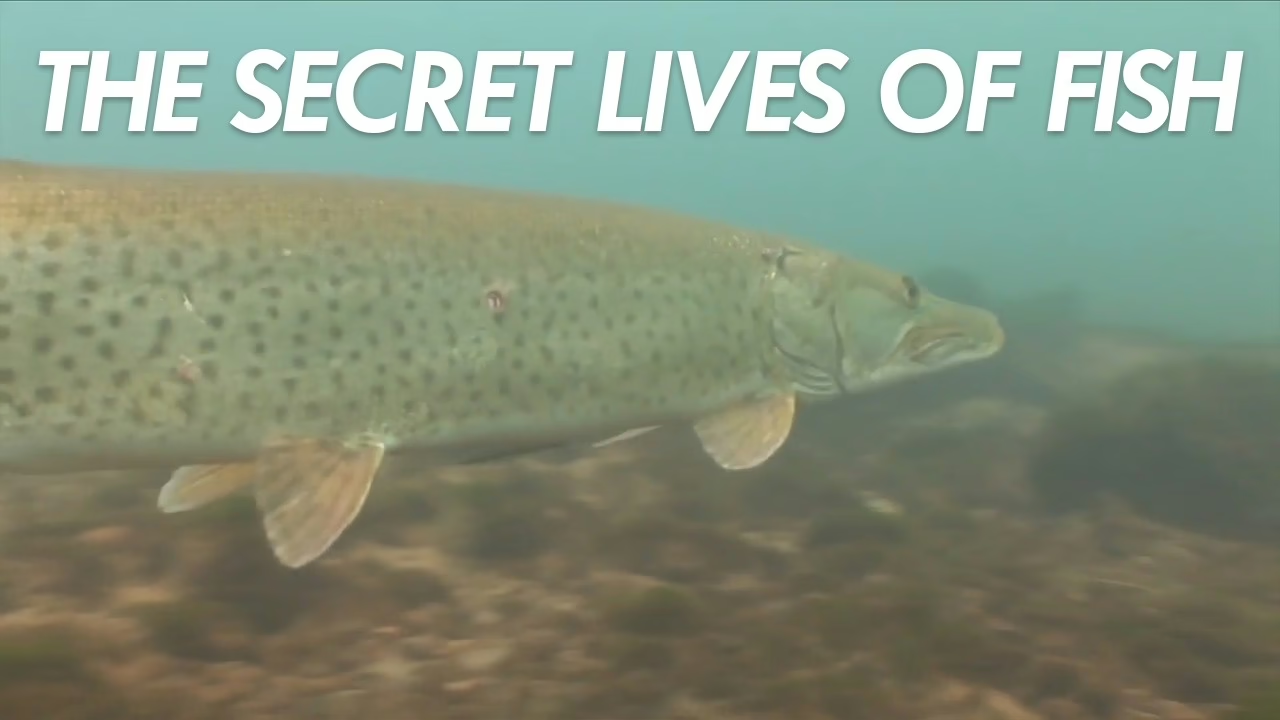Author: Bridge Michigan
How sensors, software, and other tech could help Ohio’s aging power grid
By Kathiann M. Kowalski
This story was originally published by Canary Media.
A new state law will require Ohio utilities and regulators to consider how technology might offer cost-effective options for improving the state’s aging electric grid.
Ohio’s grid, like those in many states, faces rising repair and maintenance costs, growing demand from data centers and other new customers, and increased risks as climate change fuels more frequent severe weather and outages.
Wisconsin might have to pick up tab to retain pollution protections under proposed budget cuts to EPA
By Danielle Kaeding, Wisconsin Public Radio
This article was republished here with permission from Wisconsin Public Radio.
Wisconsin might lose federal funding that supports state staff working to keep air, water and lands clean under proposed budget cuts to the Environmental Protection Agency.
Michigan triples ‘do not eat’ fish warnings as PFAS contamination concerns rise
Catch the latest updates on what’s happening with PFAS in the Great Lakes region. Check back for more PFAS news roundups every other week on our website.
New, more stringent PFAS guidelines in Michigan have nearly tripled “do not eat” advisories for fish in the state’s waterways, from 33 to 98 bodies of water.
EPA 2026 budget cuts target clean water programs
President Donald Trump’s Environmental Protection Agency (EPA) Administrator Lee Zeldin was clear when he released the agency’s new mission statement in February. A top priority will be “clean air, land and water for every American,” Zeldin said, when he announced, “Powering the Great American Comeback.”
In early June the EPA released its fiscal year 2026 budget.
New PFAS guidelines spark more ‘do not eat’ warnings for Michigan fish
By Kelly House, Bridge Michigan
The Great Lakes News Collaborative includes Bridge Michigan; Circle of Blue; Great Lakes Now at Detroit PBS; Michigan Public, Michigan’s NPR News Leader; and The Narwhal who work together to bring audiences news and information about the impact of climate change, pollution, and aging infrastructure on the Great Lakes and drinking water.


